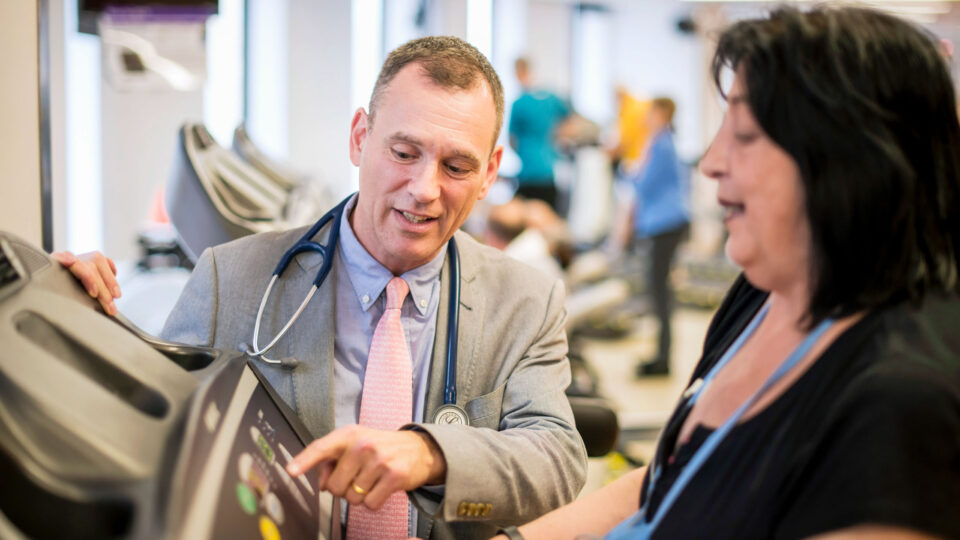For patients with stroke who experience significant motor impairment in an upper extremity, rehabilitation seeks to accelerate motor recovery by training functional activities. However, the optimal quantity of functional motions to augment motor recovery has remained unknown without practical tools to measure them during rehabilitation.
“The rate limiting step for stroke rehabilitation is counting movements, especially for the arms, which unlike the legs, do not have regular, repetitive kinematics,” says Heidi Schambra, MD, an associate professor of neurology and rehabilitation medicine. Dr. Schambra and Carlos Fernandez-Granda, PhD, at New York University, and their research teams are the developers of PrimSeq, a new deep learning-based digital tool to identify and quantify functional movements during stroke rehabilitation.
“The tool has been built to recognize functional movements, like a reach or a transport, by their motion patterns. Once recognized, the tool can count them,” says Dr. Schambra.
“The tool has been built to recognize functional movements, like a reach or a transport, by their motion patterns. Once recognized, the tool can count them.”
Heidi Schambra, MD
Design and Development
The PrimSeq pipeline was designed to accurately measure motor therapy through the rapid counting of building-block functional movements, called primitives.
“Our research so far shows that rehabilitation activities can be accurately decomposed into these elemental movements,” notes Dr. Schambra. “Much like words in a paragraph, primitives are strung together to execute an activity.”
“Our research so far shows that rehabilitation activities can be accurately decomposed into these elemental movements,” notes Dr. Schambra. “Much like words in a paragraph, primitives are strung together to execute an activity.”
Heidi Schambra, MD
The approach integrates three components: wearable sensors to capture upper-body motion, a deep learning model to classify primitives from their motion patterns, and an algorithm to quantify the primitives.
To build the approach, the research team collected extensive motion data from stroke patients performing rehabilitation activities, using human experts to divide up the motion into types of primitives. The primitives and their associated patterns of motion data were fed to a deep learning model.
Once trained, the approach accurately identifies and tallies these functional movements at a fraction of the time and labor costs of human experts, says Dr. Schambra.
A Promising Option for Stroke Patients
In a recent publication, the research teams showed that the PrimSeq algorithm precisely counts functional primitives completed by stroke patients and outperformed other benchmark algorithms. Further results demonstrated that patients tolerated the wearable sensors, and also showed that the approach is 366 times faster at counting primitives than humans.
Based on these findings, the study concludes that PrimSeq provides a precise and practical way of quantifying arm movements in stroke rehabilitation, offering a promising platform to further advance both research and clinical care.
“Our goal is to continue training the algorithm in inpatient rehabilitation settings, then expand to outpatient settings,” says Dr. Schambra. “In research contexts, the generalizability depends in part on the adoption of functional primitives as units of measure.”
Future Applications
While the trained model outperforms other best-in-class models, further refinement is needed, and the researchers plan to continue optimization.
“The model performs well, with a sensitivity of 77 percent, but we want to continue to improve its accuracy,” says Dr. Schambra. “Long-term, we’d like to package and release this tool as a software, as well as explore its potential in other rehabilitation domains.”
In the meantime, the teams have made the data and source code for their algorithm available online to foster collaboration among researchers.






